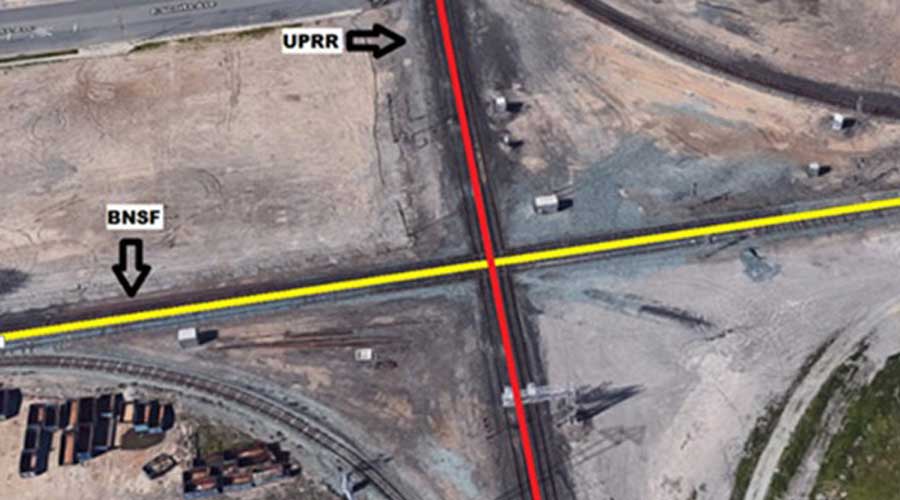Newsletter Sign Up
Stay updated on news, articles and information for the rail industry
Stay updated on news, articles and information for the rail industry
RAIL EMPLOYMENT & NOTICES
Rail News Home
Rail Industry Trends
Rail News: Rail Industry Trends
Canada's federal and provincial transport ministers plan to meet in Winnipeg, Manitoba, Sept. 20 to consider regulatory changes that would enable the nation's truck drivers to work 84 hours per week.
"If approved, those changes will attract more freight off rail onto already congested highways, weaken the viability of freight railways and increase domestic truck [miles] by 7 percent," said Bill Rowat, Railway Association of Canada president and chief executive officer, in a prepared statement.
More truck-driver hours means trucking companies' assets are more in use, which would artificially lower trucking costs and service advantages, Rowat said.
"That will attract more freight from rail to road, affecting primarily domestic shipments as well as some cross-border and intermodal traffic, and reduce annual rail gross revenues by $250 million," he said.
Because of railroads' fixed plant costs, Rowat believes their revenue would decline faster than expenses.
Canada currently limits truck drivers to 60 hours of work in seven days, 70 hours in eight days and 120 hours in 14 days — or an average of 60 hours per week. The United States limits truck-driver hours to 60 per week; Europe, to 56, with plans to decrease its limit to 48.
U.S. Department of Transport plans by year-end to release its final hours-of-work rules for truck drivers.
"If Canada is serious about harmonizing transport standards under NAFTA,
it should consider the final U.S. plan before adopting an 84-hour work week," Rowat said.
9/12/2002
Rail News: Rail Industry Trends
More truck-driver hours means less freight on Canadian rails, RAC says
advertisement
Canada's federal and provincial transport ministers plan to meet in Winnipeg, Manitoba, Sept. 20 to consider regulatory changes that would enable the nation's truck drivers to work 84 hours per week.
"If approved, those changes will attract more freight off rail onto already congested highways, weaken the viability of freight railways and increase domestic truck [miles] by 7 percent," said Bill Rowat, Railway Association of Canada president and chief executive officer, in a prepared statement.
More truck-driver hours means trucking companies' assets are more in use, which would artificially lower trucking costs and service advantages, Rowat said.
"That will attract more freight from rail to road, affecting primarily domestic shipments as well as some cross-border and intermodal traffic, and reduce annual rail gross revenues by $250 million," he said.
Because of railroads' fixed plant costs, Rowat believes their revenue would decline faster than expenses.
Canada currently limits truck drivers to 60 hours of work in seven days, 70 hours in eight days and 120 hours in 14 days — or an average of 60 hours per week. The United States limits truck-driver hours to 60 per week; Europe, to 56, with plans to decrease its limit to 48.
U.S. Department of Transport plans by year-end to release its final hours-of-work rules for truck drivers.
"If Canada is serious about harmonizing transport standards under NAFTA,
it should consider the final U.S. plan before adopting an 84-hour work week," Rowat said.


 2025 MOW Spending Report: Passenger-rail programs
2025 MOW Spending Report: Passenger-rail programs
 Gardner steps down as Amtrak CEO
Gardner steps down as Amtrak CEO
 Guest comment: Oliver Wyman’s David Hunt
Guest comment: Oliver Wyman’s David Hunt
 Women of Influence in Rail eBook
Women of Influence in Rail eBook
 railPrime
railPrime







